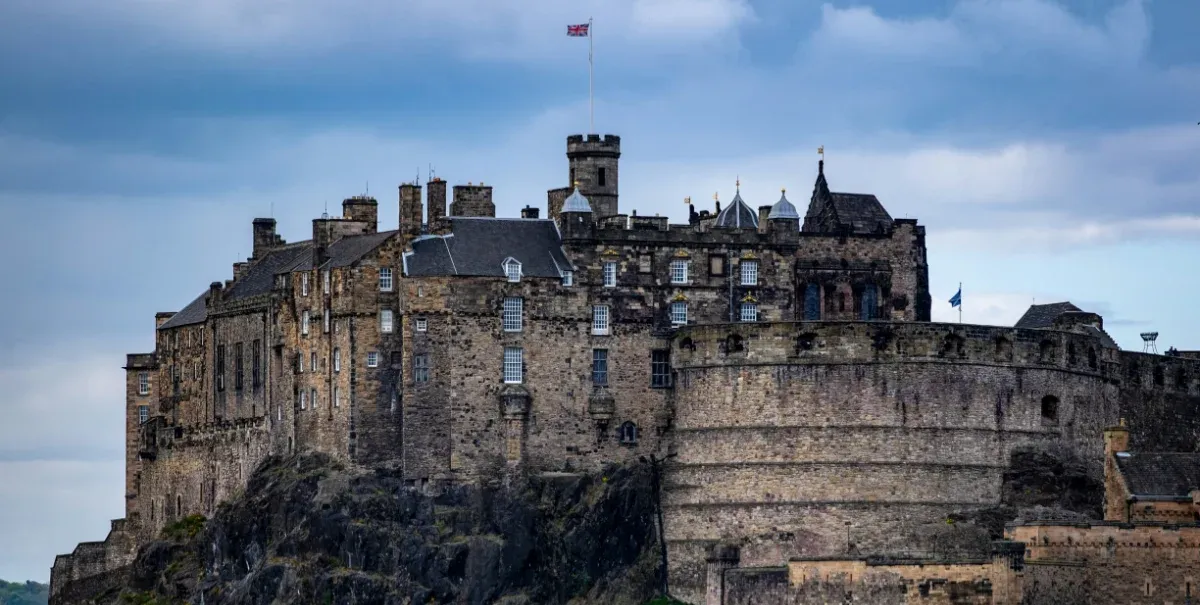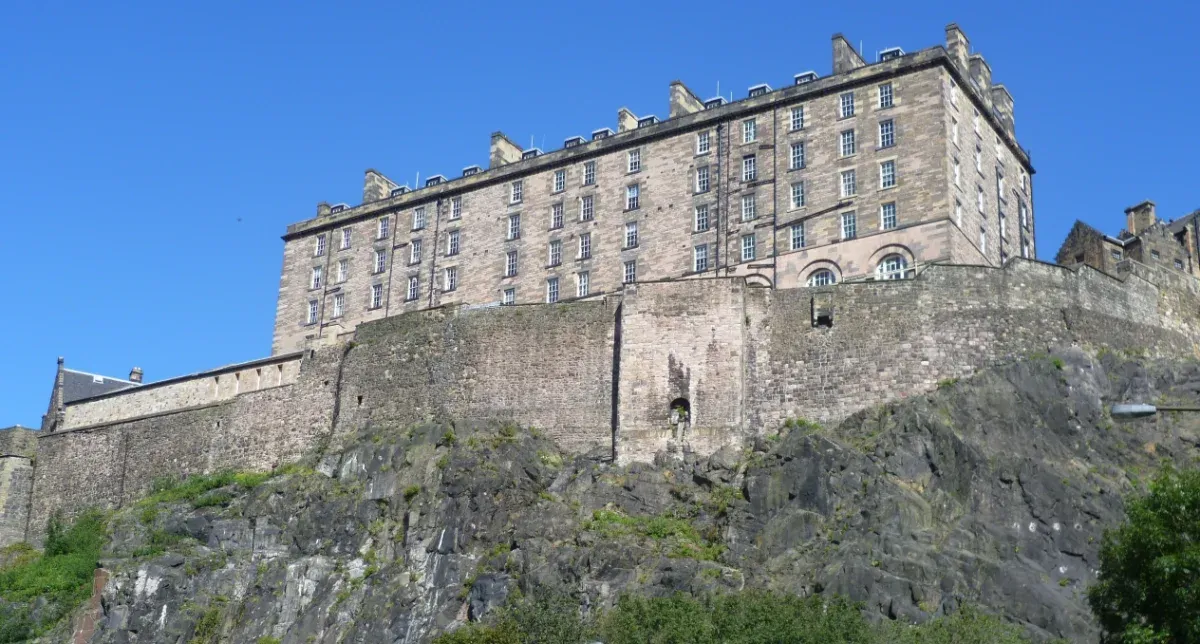Edinburgh Castle: The Best Quarters in the Army (and the Worst Climb Home)

My first posting after training at Chichester was to 170 Provost Company Royal Military Police in Edinburgh. Our unit was based inside Edinburgh Castle itself—not just working there, but living in quarters within the castle walls.
How cool was that?
A Fortress Built on a Dead Volcano
The castle sits on Castle Rock, an ancient volcanic plug that erupted some 350 million years ago. What remains today is the solidified core of that long-dead volcano—extremely hard dolerite rock that rises 130 metres above sea level, with steep cliffs dropping 80 metres on three sides.
Ice ages and erosion created the distinctive "crag and tail" landscape. Archaeological evidence shows the site was first occupied during the late Bronze Age or early Iron Age, and it's easy to see why—the defensive advantages were obvious to anyone with military sense.

Photo by Kim Traynor - Edinburgh Castle New Barracks (built 1799) - Living quarters for 170 Pro Coy Royal Military Police in 1975
The Geological Paradox
The same rock that made the location perfect for defence created serious practical problems. Dolerite is virtually waterproof, which meant rainwater couldn't penetrate to create natural springs. Despite digging a well 34 metres deep, water shortages plagued the castle throughout its history.
During prolonged sieges—including the famous Lang Siege of 1573—the defenders often found themselves as threatened by thirst as they were by enemy action. Nature provided both the solution and the problem in one geological package.
While I was stationed there, "thirst" quenching was not a problem. A short walk down to the Royal Mile's many establishments quickly solved that particular issue. Of course, the biggest disadvantage to living in a castle on top of a bloody great big lump of rock was that if one overindulged in said thirst-quenching, the stagger back to your bed was quite arduous.
A Soldier's Dilemma
While I was stationed there, thirst-quenching was not a problem. A short walk down to the Royal Mile's many pubs quickly solved that particular issue.
Of course, the biggest disadvantage to living in a castle on top of a bloody great big lump of rock was that if you overindulged in said thirst-quenching, the stagger back to your bed was quite arduous.
Especially when there was another bloody volcano to contend with.
The CSM and His Love of Arthur's Seat
Arthur's Seat is another extinct volcano in Edinburgh, situated in Holyrood Park. During my time there, our Company Sergeant Major was a tall, no-nonsense Yorkshireman named John Fitzpatrick—a former member of the Special Air Service.
John loved Arthur's Seat. He loved it so much that he would make us run up it two or three times a week.
If you had overindulged in thirst-quenching the night before, you were likely to spread the contents of your breakfast all over the hill.
I received many a well-deserved bollocking from the CSM, but also praise when it was due. He was, without a doubt, the best Sergeant Major I ever served with.
What's to Come
This section covers my two years in Edinburgh from 1975 to 1977. You'll find stories about more adventures with CSM John Fitzpatrick, how not to hunt rabbits, my most satisfying arrest, and Prince Charles's visit to the Edinburgh Tattoo with his "bodyguards."
More stories from this period coming soon.